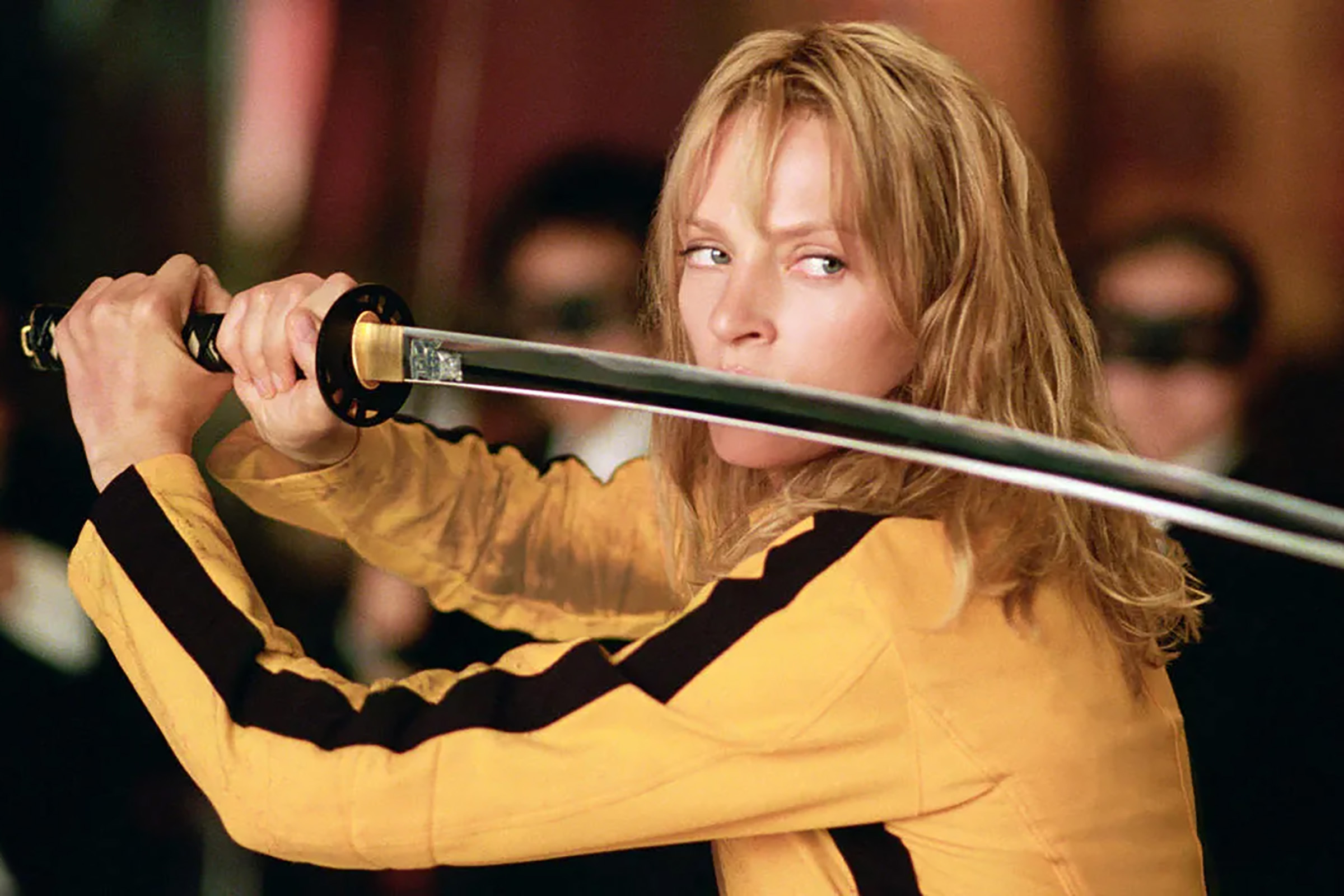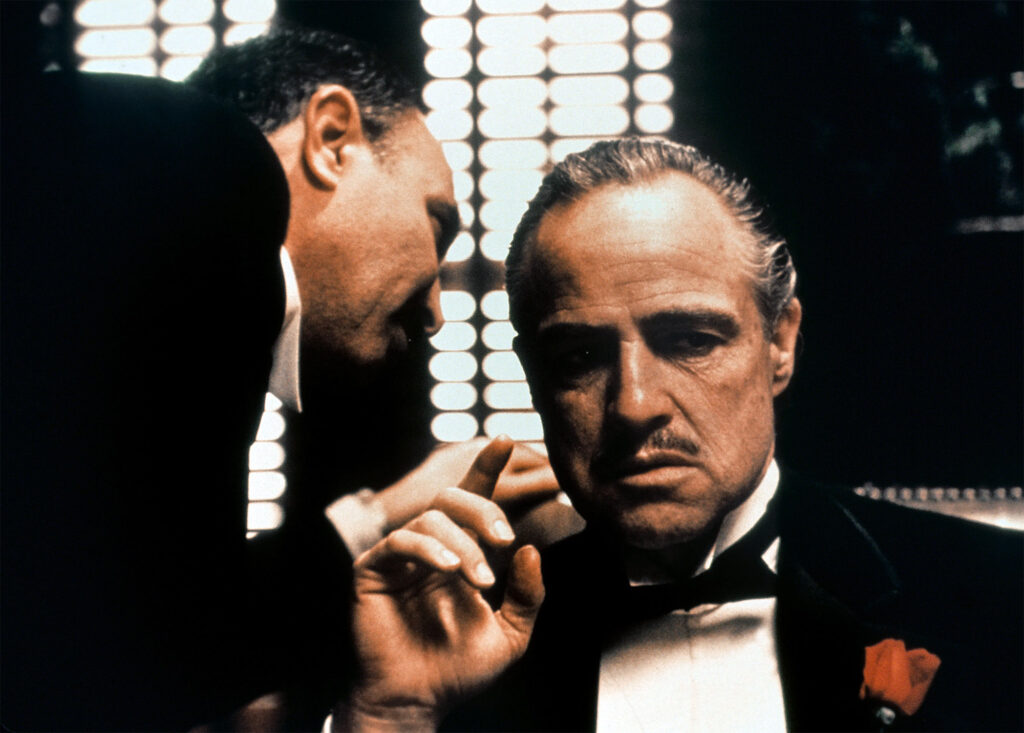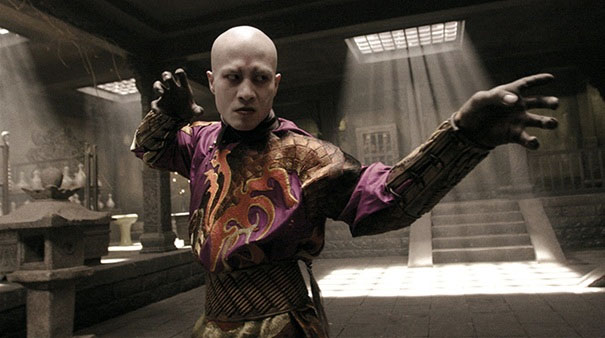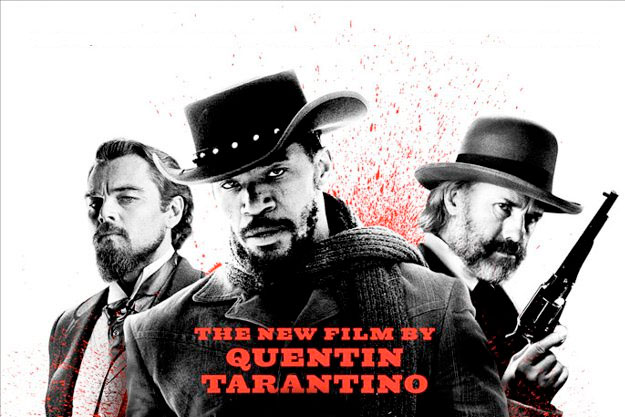A deep dive into the bloody and stylized universe of the postmodern cinema master
When Quentin Tarantino presented “Kill Bill” to the world in two volumes (2003-2004), he offered much more than a simple action film. This work, divided into two parts for reasons of length, represents the pinnacle of Tarantinian style: a bold fusion of genres, a vibrant homage to genre cinema, and captivating non-linear storytelling.

“Kill Bill” is above all a love letter to genre cinema. Tarantino draws liberally from his influences:
The Tale of Relentless Vengeance
At the heart of “Kill Bill” lies a simple yet powerful story: that of Beatrix Kiddo, aka “The Bride” (Uma Thurman), a former professional assassin who awakens from a four-year coma after being left for dead on her wedding day. Her quest: to methodically eliminate the members of the “Deadly Viper Assassination Squad” led by Bill (David Carradine), her former lover and boss, responsible for the massacre at her wedding ceremony and the supposed murder of her unborn child.
What could have been a simple revenge narrative becomes, under Tarantino’s direction, a cinematic odyssey that traverses continents, genres, and aesthetics. The non-chronological structure characteristic of the director enriches the narrative, gradually revealing the deep motivations and complex history of the characters.
A Kaleidoscope of Cinematic Influences
“Kill Bill” is above all a love letter to genre cinema. Tarantino draws liberally from his influences:
- Japanese sword cinema (chambara eiga) and Akira Kurosawa’s samurai films
- Hong Kong kung fu films of the 70s, particularly those from Shaw Brothers
- Italian spaghetti westerns
- American exploitation cinema of the 70s
- Ultra-violent Japanese anime
This fusion of influences creates a unique hybrid work where each sequence seems to pay homage to a different aspect of genre cinema history. The anime passage during O-Ren Ishii’s (Lucy Liu) backstory, the final confrontation in a snow-covered Japanese garden, or the Mexican standoff transposed to a sushi restaurant – each scene is a stylized reinterpretation of cinematic codes.
A Striking Visual Aesthetic
Visually, “Kill Bill” is a feast for the eyes. Tarantino and his cinematographer Robert Richardson create a highly stylized universe where every shot is meticulously composed. The vivid colors, notably the iconic yellow of The Bride’s jumpsuit (inspired by Bruce Lee’s in “Game of Death”), contrast with the scarlet red of the blood that flows abundantly.
Violence, omnipresent, is treated in an almost cartoonish manner, pushed to such an extreme that it becomes abstract. The “Showdown at the House of Blue Leaves” sequence where The Bride confronts O-Ren Ishii’s personal army epitomizes this approach: a bloody choreography where violence becomes art.
Iconic Characters
While “Kill Bill” shines through its style, it also distinguishes itself through the richness of its characters. Uma Thurman delivers a remarkable physical and emotional performance embodying The Bride, a character that instantly became iconic. Alternating between fragility and superhuman strength, she carries the film on her shoulders.
Around her revolves a gallery of memorable characters: the enigmatic Bill, the ice-cold O-Ren Ishii, the mysterious Elle Driver (Daryl Hannah), the flamboyant Budd (Michael Madsen), and the psychotic Vernita Green (Vivica A. Fox). Each is endowed with a distinct personality and background that Tarantino takes the time to explore, transforming what could have been mere obstacles into fully-fledged protagonists.
Special mention goes to Hattori Hanzō (Sonny Chiba), the legendary sword maker, and Pai Mei (Gordon Liu), the white-bearded kung fu master – two characters that further anchor the work in its Asian influences.
An Eclectic and Memorable Soundtrack
As in all his films, Tarantino makes music a character in its own right. The soundtrack of “Kill Bill” is an eclectic collage that mixes:
- Ennio Morricone’s emblematic compositions from westerns
- Japanese pop from the 60s with Meiko Kaji’s “The Flower of Carnage“
- Excerpts from exploitation film scores
- Carefully selected pieces of contemporary music
Each piece dialogues with the image in an organic way, reinforcing the emotional impact of the scenes. The whistled theme from “Twisted Nerve” (composed by Bernard Herrmann) that accompanies Elle Driver’s entrance into the hospital has become inseparable from the character, as has Tomoyasu Hotei’s “Battle Without Honor or Humanity” which accompanies the arrival of O-Ren Ishii and her entourage.
A Tale of Vengeance… and Motherhood
Beneath its supercharged action film appearance, “Kill Bill” explores surprisingly deep themes. Beyond revenge – the obvious central theme – the diptych addresses the question of motherhood in an unexpected way. The revelation concerning Beatrix’s daughter in the second volume transforms the character’s motivation and gives a new dimension to her quest.
Tarantino also examines the notion of dysfunctional family through the relationship between Bill and his “Vipers,” as well as the concepts of identity and redemption. The Bride undergoes a true initiatory journey that profoundly transforms her.
A Pivotal Work in Tarantino’s Filmography
“Kill Bill” marks a turning point in Tarantino’s career. After “Jackie Brown” (1997), a more mature and measured work, the director returns to a more flamboyant and uninhibited cinema, while maintaining his narrative mastery. It’s also his first film truly anchored in the action genre, paving the way for later works such as “Death Proof” or “Django Unchained.”
The diptych perfectly illustrates Tarantino’s ability to transcend the genres he reveres, creating a work that, while steeped in references, manages to find its own voice.
Conclusion: An Instant Classic
Two decades after its release, “Kill Bill” remains a major work of contemporary cinema. More than just an action film or a stylistic exercise, it’s a celebration of genre cinema that manages to reinvent it. Each viewing allows for the discovery of new references, new subtleties.
The film’s influence on popular culture is undeniable: from the now-iconic yellow jumpsuit to the numerous parodied scenes or homages, “Kill Bill” has marked the collective imagination. It represents Tarantino at his best: provocative, erudite, and fundamentally in love with cinema.
Both high-level entertainment and auteur work, “Kill Bill” embodies the paradox that makes Tarantino’s cinema strong: his ability to create accessible films that never sacrifice their artistic ambition. A rare balance that explains why, nearly twenty years after its release, The Bride’s vengeful epic continues to fascinate and inspire.




